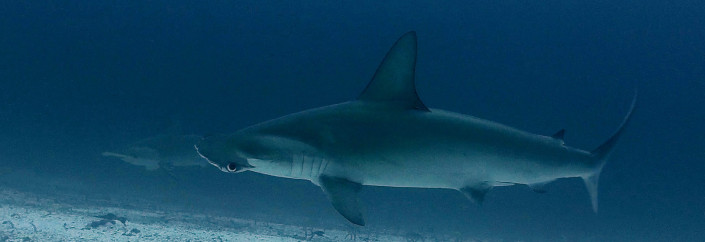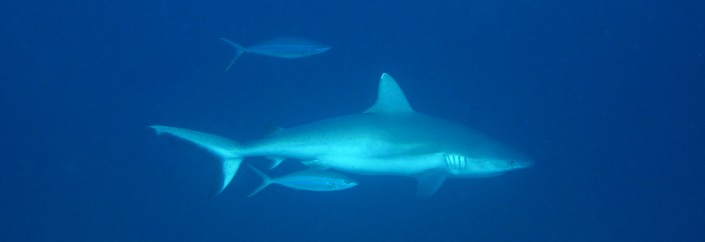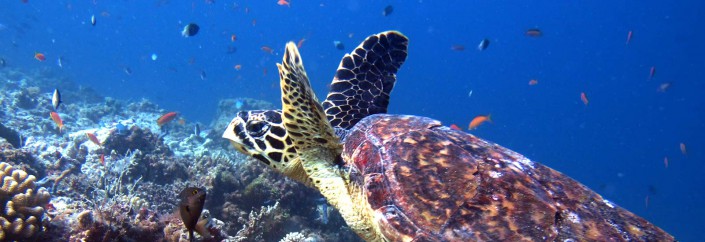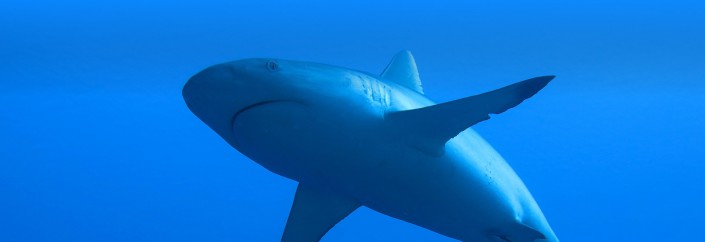
So, you like sharks? Big sharks? Hammerhead sharks? Then the Hammerhead triangle is where you want to be in your next diving holiday. Hammerhead sharks Their bizarre shape, their wave-motion and their powerful grace makes this animal one of the most sough-after sharks. This shark variety may reach the 6 meters size and weigh up to 580 kg; the particular hammer-shape consents the shark to a 360 degrees eyesight. Their habits are not the most common among other sharks: they swim in schools during the day and hunt solitarily at night. Hammerheads can been spotted in warm waters, along the coastline of many places in the world but there is a special place where they particularly like to hang around: the hammerheads triangle. The hammerheads triangle The imaginary triangle formed between Cocos, Galapagos and Malpelo islands is a well-known location in the scuba diving community for its massive presence of hammerheads sharks. These three islands confine some of the best diving spots in the world where you can see of up to 200 / 300 hammerheads swimming in schools. Situated west of Central America, this golden triangle is formed among three different countries: Galapagos Islands, situated 1,000 km of the…




